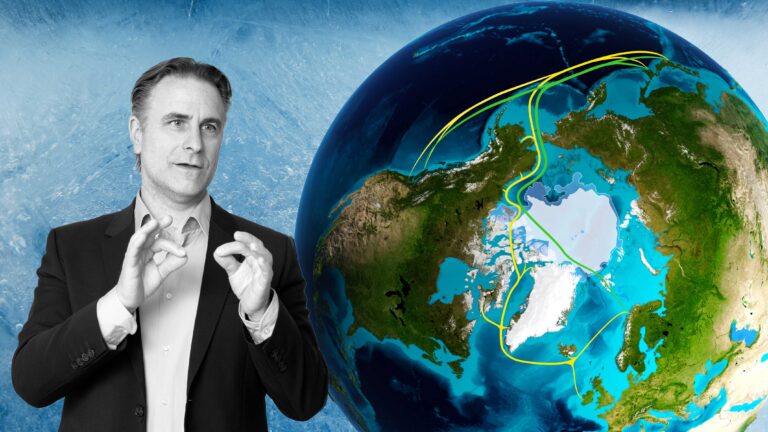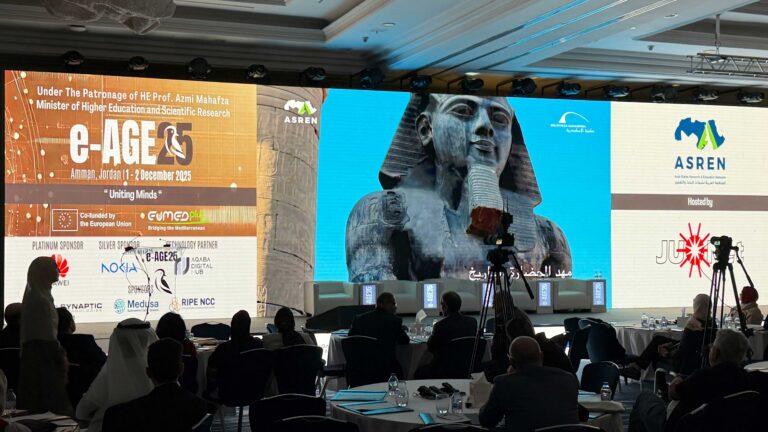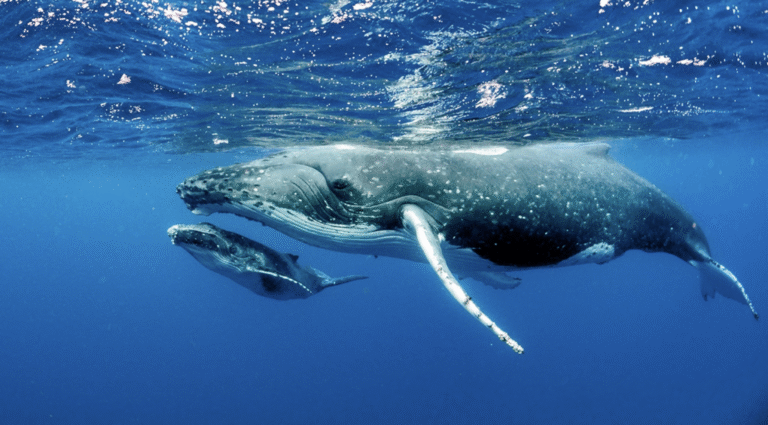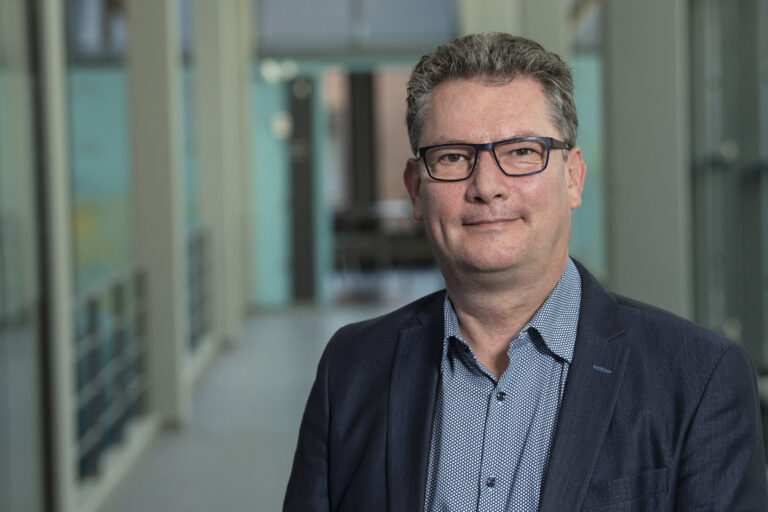NORDUnet CEO Valter Nordh has been invited to present the two Arctic sub-sea Europe-Asia cable projects under preparation to key audiences in Europe and USA.
Under the headline Polar Connect, NORDUnet and the Nordic NRENs aim to exploit recent progress in cable laying technology which has opened the field for connections through the Arctic Ocean. An indication of the momentum is the fact that CEO Valter Nordh, NORDUnet, has been invited to address key European and US audiences during the coming two weeks.
“Routes through the Arctic Ocean are way shorter than current routes between Europe and Asia. Thereby latency can be kept at a minimum, while traffic jams caused by bottlenecks in the current digital highway system can be avoided,” explains Valter Nordh. In addition, connection through the Arctic reduce European dependency on connections across Asia or through the Middle East, something that is becoming increasingly important in the current geopolitical situation.
May 5, the NORDUnet CEO will address EU decision makers in Brussels (video from seminar) The following week, his audience will be US research and higher education institutions, communities and US research funding agencies at the 2023 Internet2 Community Exchange conference in Atlanta, GA.
“My key aim will be to raise awareness of the new Arctic possibilities. While the interest to users in the Nordic countries is obvious, the proposed connections will also benefit users across the entire European continent, and ultimately global connectivity.”
Two connections are under preparation
To support the realization of connections through the Arctic Ocean, NORDUnet and the Nordic NRENs have established program called Polar Connect, with the aim of creating partnerships to investigate, build, and use Arctic connectivity.
Currently, two specific connections are under planning. The Far North Fiber (FNF), which is a link through the North-West Passage between Greenland and North America to the Bering Strait connecting Europe directly to Japan, and Polar Connect, which is a link on a direct route east of Greenland, planned to connect Europe to destinations in both North America and Asia.
For the Far North Fiber, a commercial consortium already exists. NORDUnet is acting as a catalyst to form a Europe-based alliance which will purchase 10% of the capacity of the fiber for European research and education.
For Polar Connect various possible cable routes are under consideration. As part of the Northern EU Gateways project co-funded by the European Commission, NORDUnet holds a leading role in the investigation and planning.
Not a question of either-or
Estimated construction costs for the Far North Fiber and Polar Connect cables will be at roughly the same level. The two connections are estimated to cost 1.5 billion EUR each.
Valter Nordh emphasizes that it is not a question of choosing between two alternatives:
“Both FNF and Polar-Connect are necessary. Not least the recent incident on the Nord Stream gas pipeline in the Baltic Sea serves as a reminder of the general vulnerability of our infrastructure. Unfortunately, it will not be feasible to safeguard all infrastructure completely. Instead, we need to have redundancy. So, when a cable breaks either due to natural causes or intentionally, internet traffic must have alternative routes for as long as it takes to complete repair works.”
It is all about redundancy
Of the two proposed Arctic connections, Polar-Connect will be the hardest to build. Since this route runs close to the North Pole, the working conditions will be extremely hard. But on the plus side, this connection will be much shorter and easier to maintain once it is built. This is because the waters below the North Pole ice is quite still, and a cable connection will not be disturbed much by currents, ground movements or human activity at the sea floor.
In contrast, the connection through the North-West Passage will at many points run close to land where disturbances from sea ice, currents and activity such as fishing are much more felt. On the upside, the closeness to shore implies that cable ruptures will be easier to fix. The Far North Fiber also offers opportunities to connect otherwise underserved Arctic communities in Greenland, Canada and Alaska.
“Both pathways have their strengths and weaknesses. Thereby they supplement each other well, and act to increase redundancy, which is exactly what the Polar Connect program is about,” Valter Nordh concludes.
Valter Nordh will address EU decision makers at a breakfast seminar in Brussels, Belgium, on May 5, 2023. The event is organized by Sweden’s Research and innovation Office (SWERI). On May 10, his audience will be US research and higher education institutions, communities and US research funding agencies at the Community Exchange conference., organized by US NREN Internet2.




